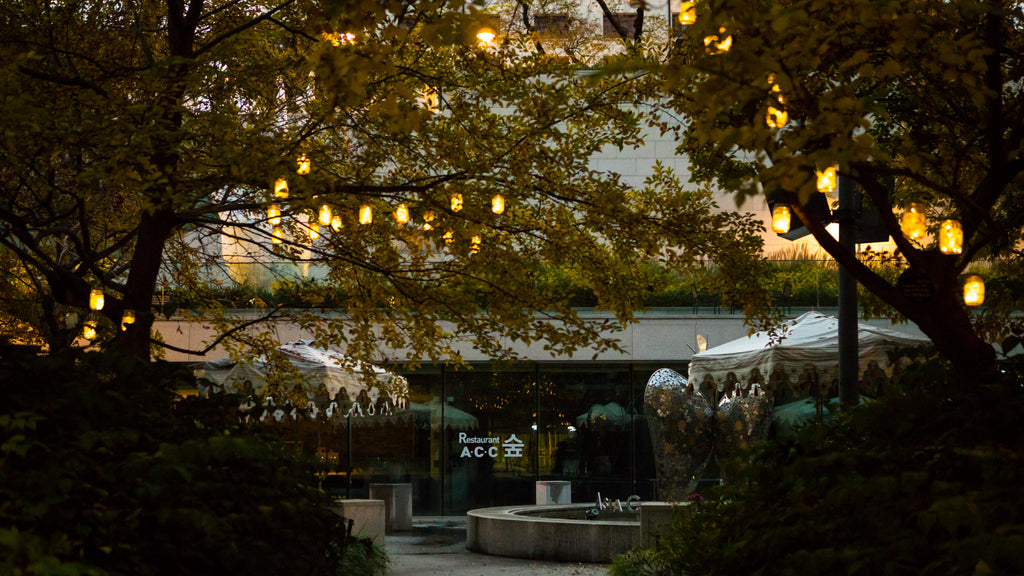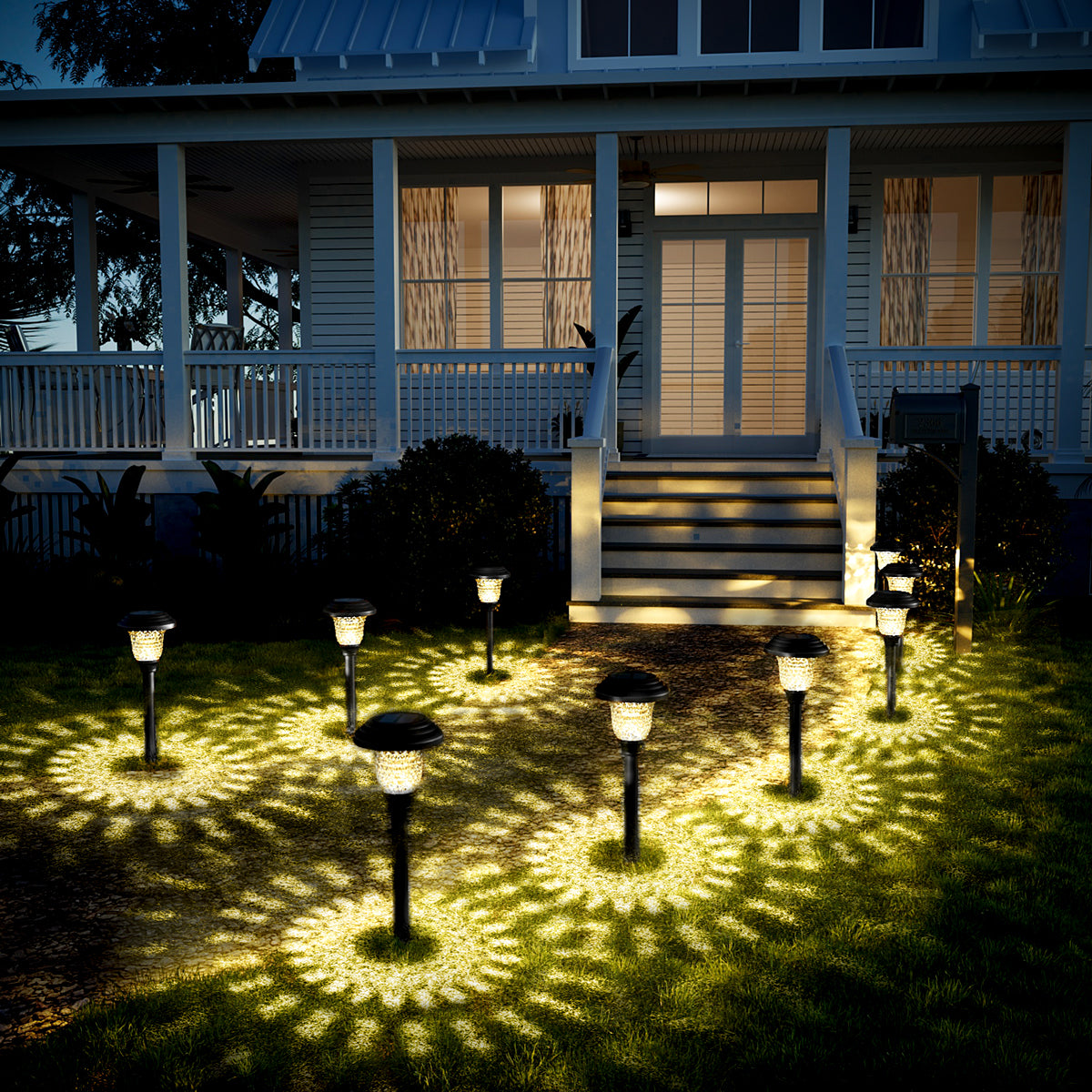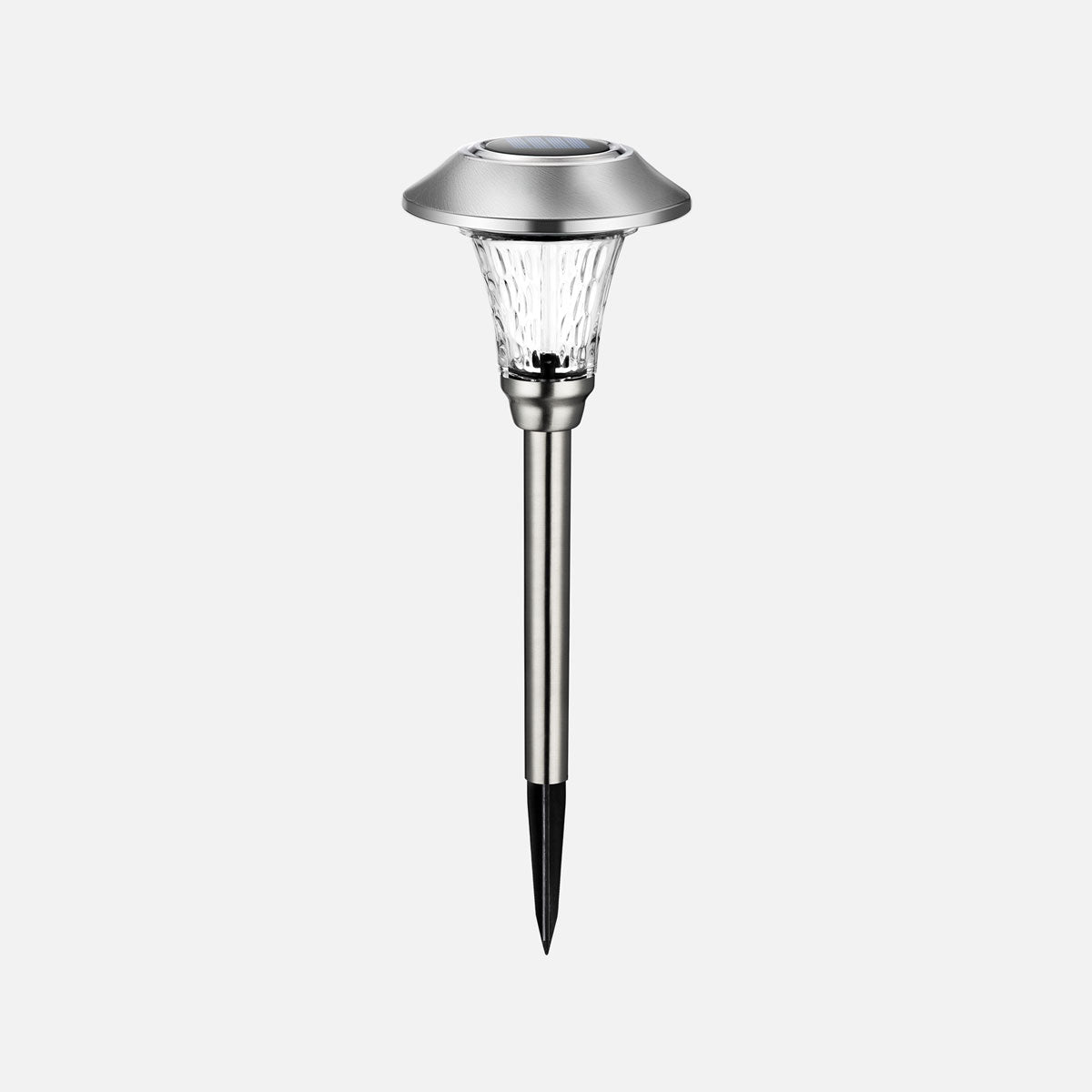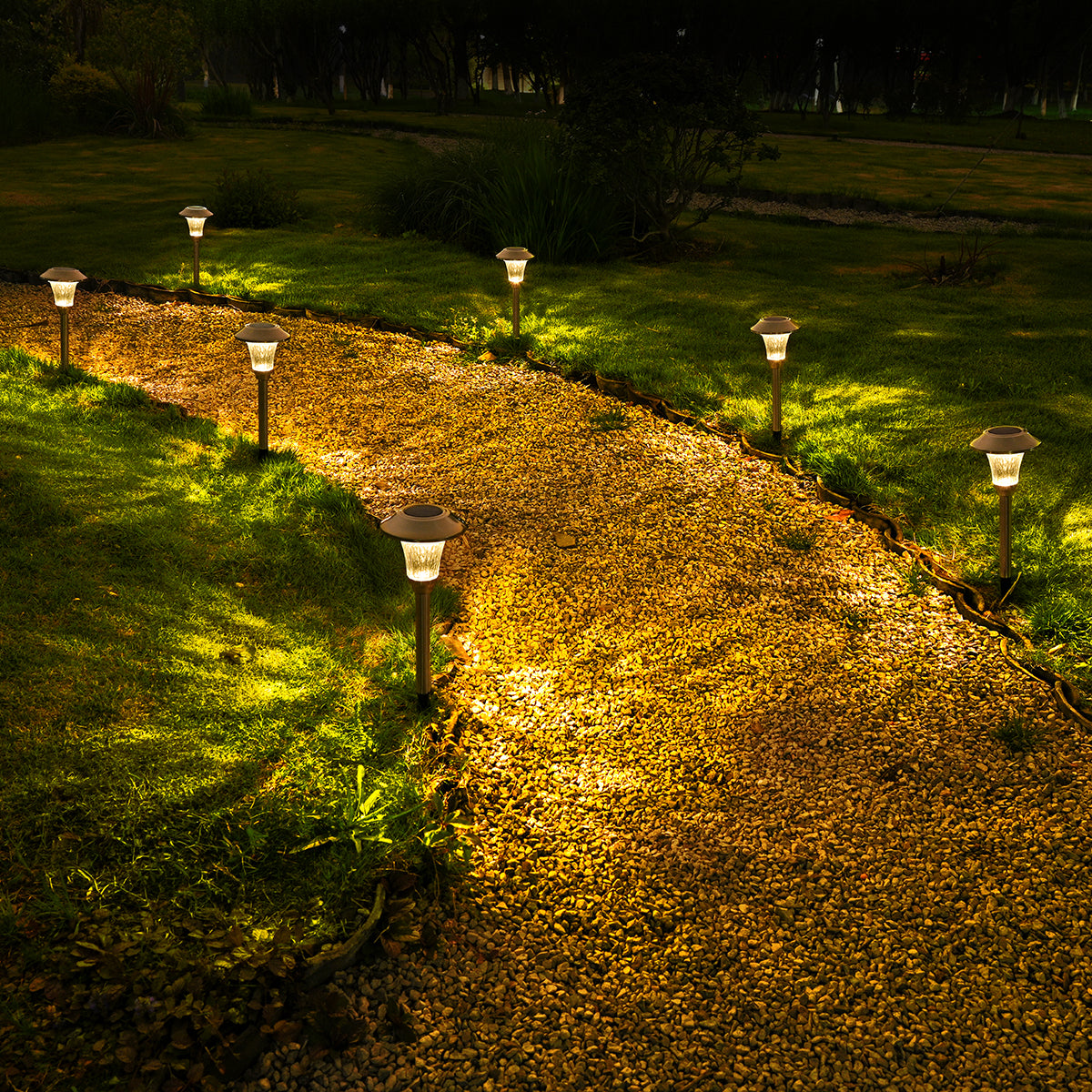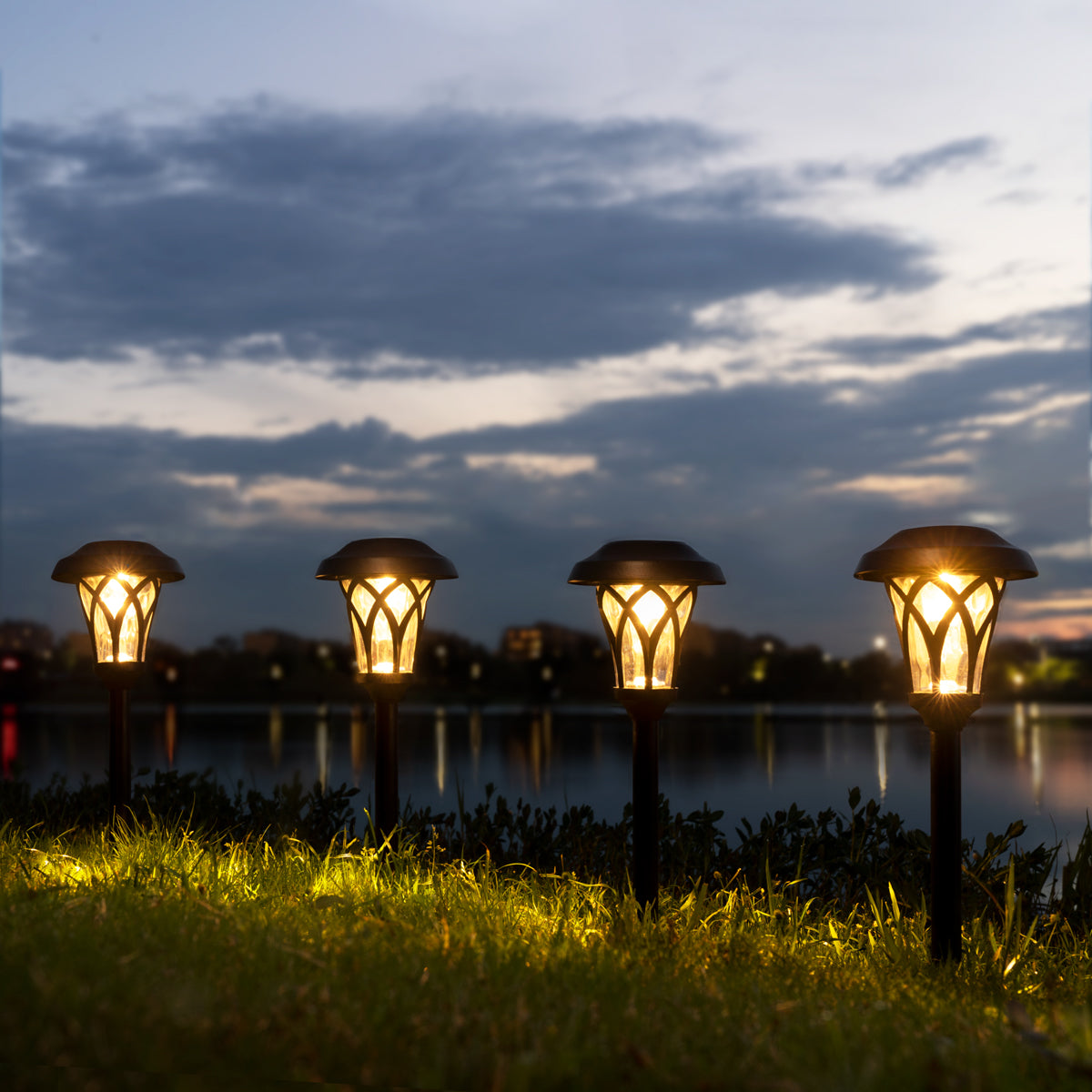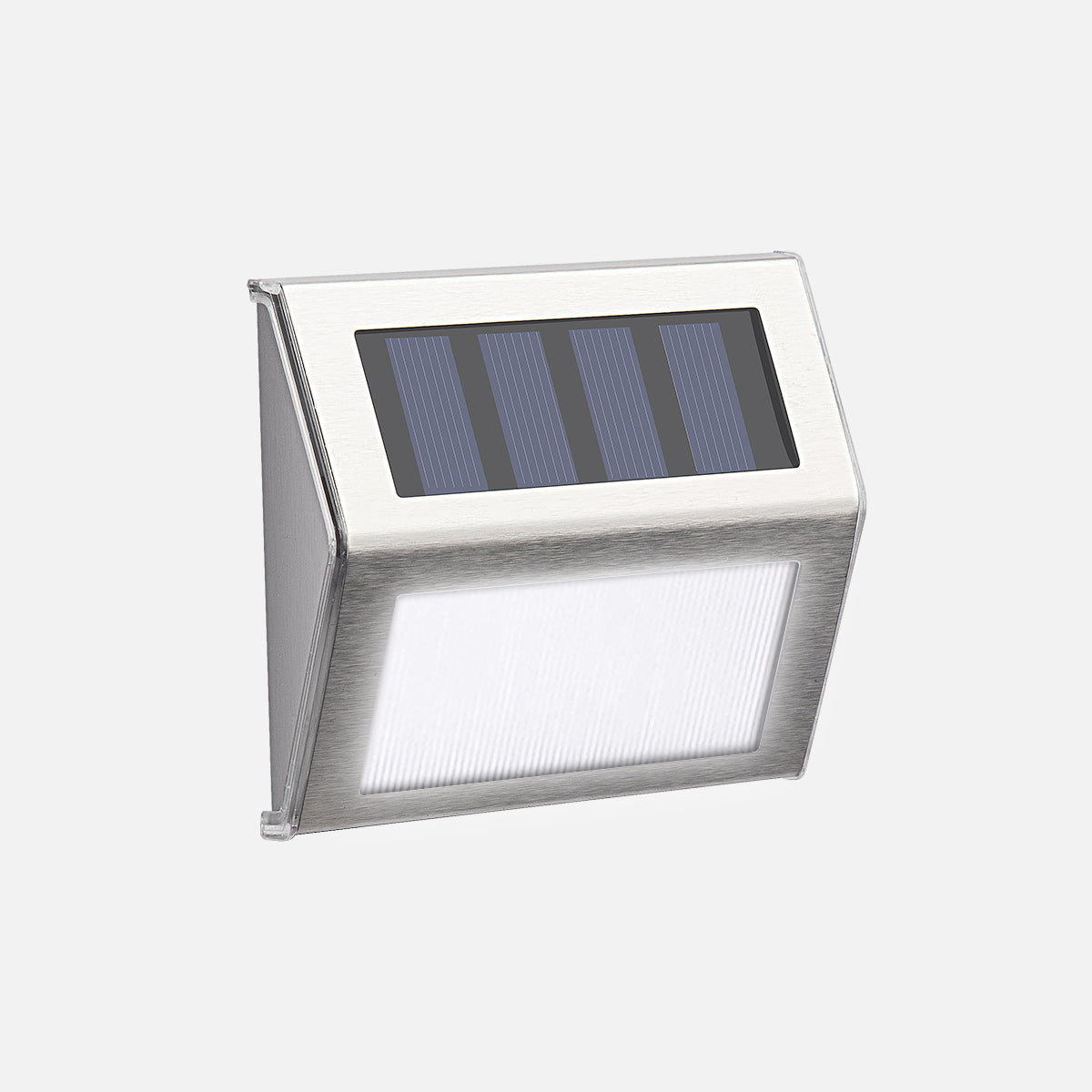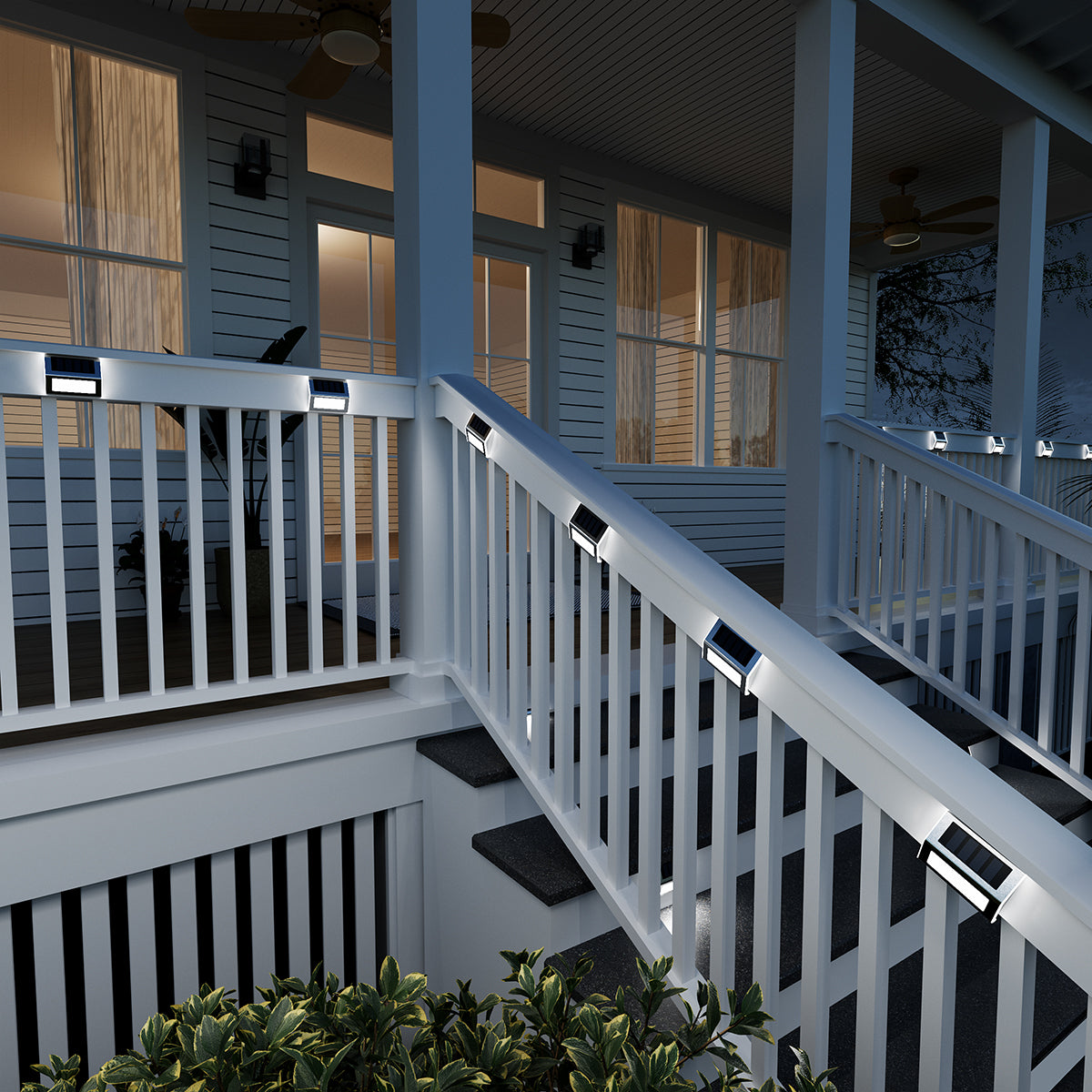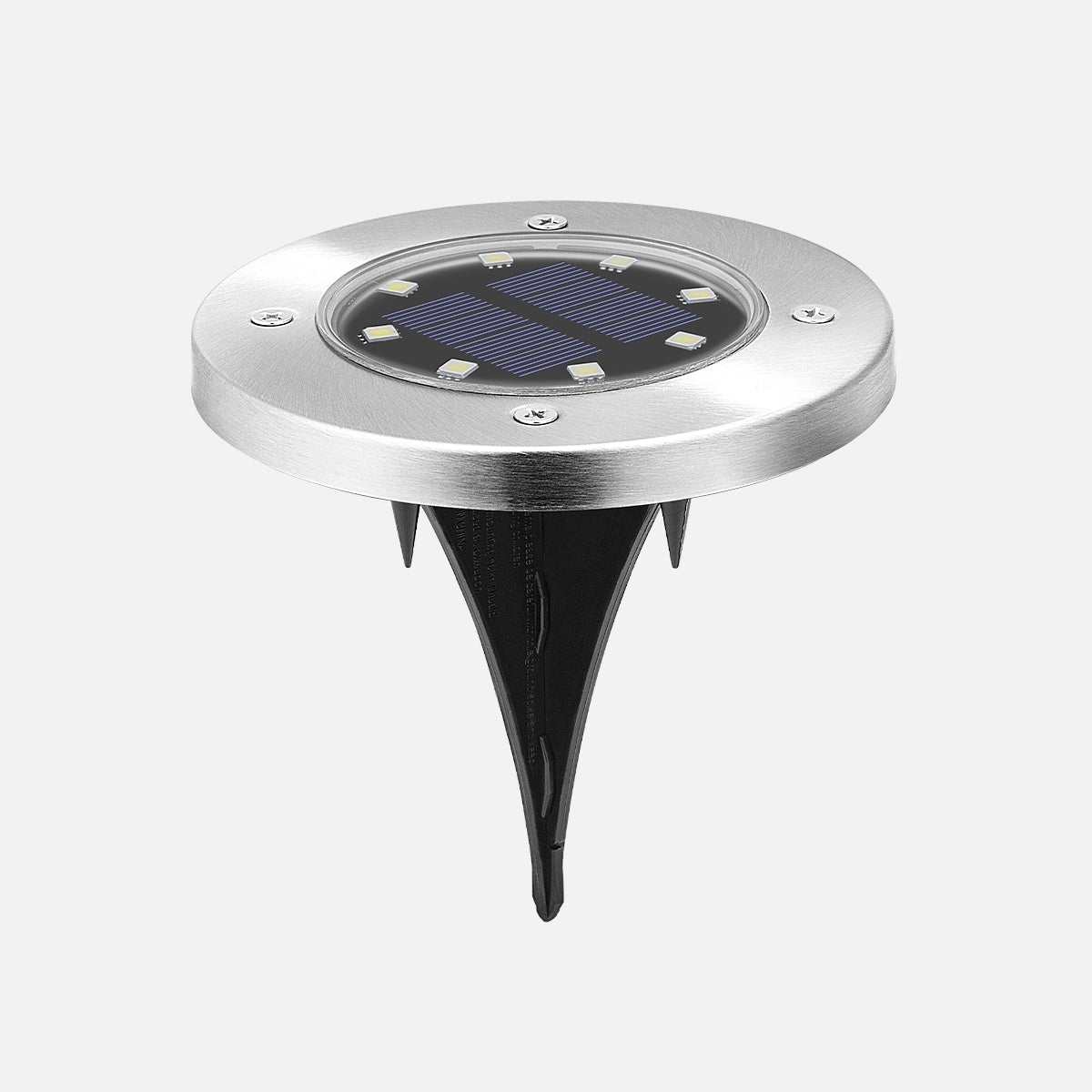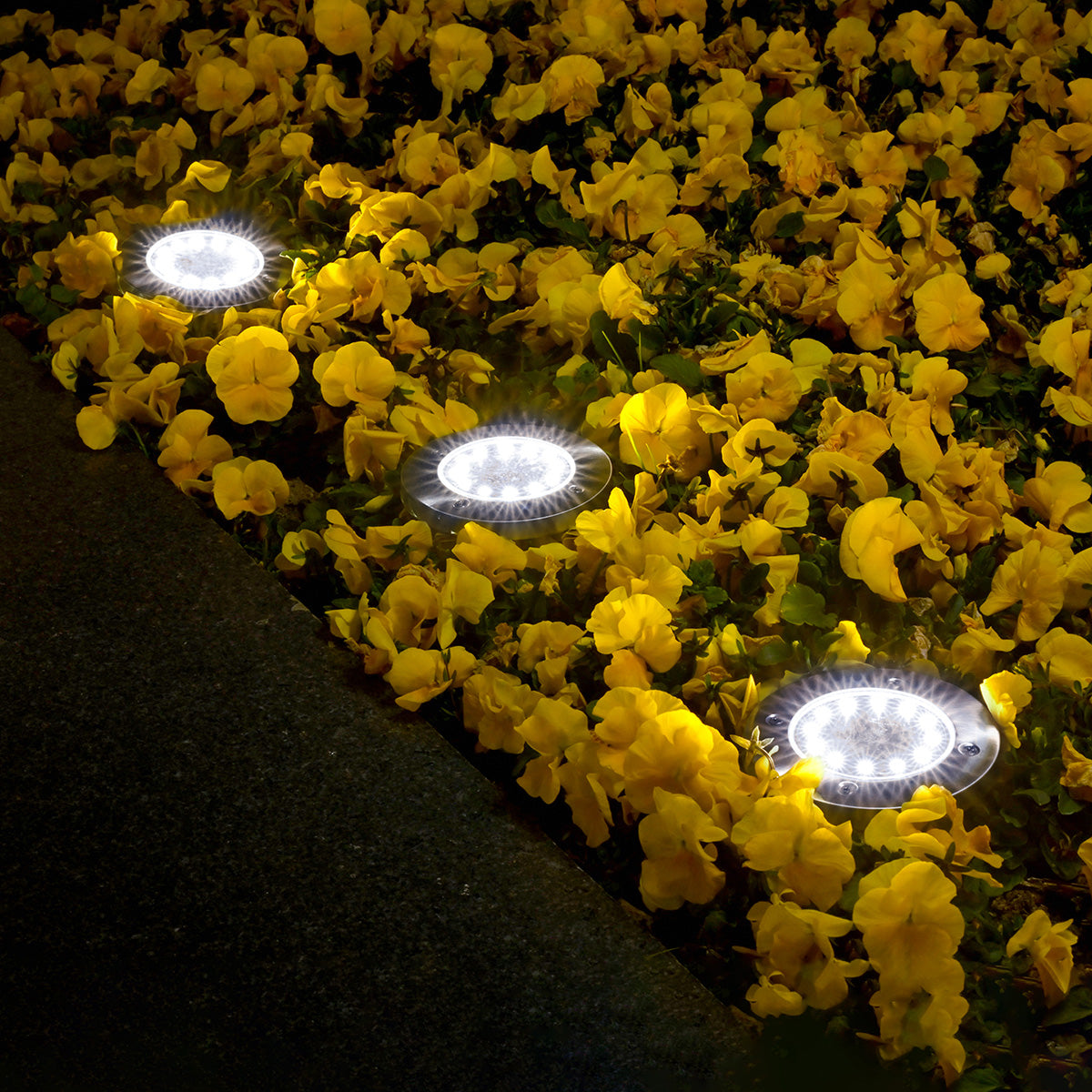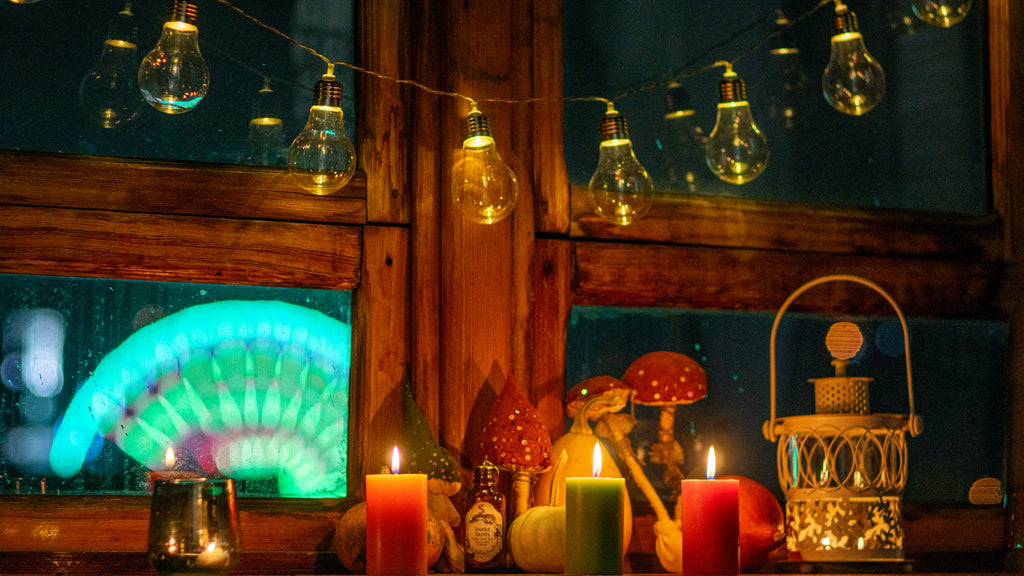
What People Don’t Tell You about LED Bulbs

With the current climate changes and energy-efficient technology commonly found in American households, LED light bulbs are starting to grow in popularity. According to Statista, the global LED lighting market size is expected to grow to 98.5 billion U.S dollars by the year 2023.
Society is wanting to use less energy but are LED light bulbs the superior lighting option? Though these bulbs are the newest advancements in the light industry, are there things you should be wary of when purchasing them? In this blog, we’ll answer all the circulating questions and theories regarding LED bulbs and how to use them to your home’s advantage.
What is an LED light bulb?
LED (light-emitting diode) light bulbs are the piggy banks of the lighting industry. Though they are more money upfront, the technology saves you money over time. The enhanced lighting technology slowly diminishes over time in comparison to the competitor incandescent and compact fluorescent lights. How might you ask? LED bulbs use less energy as they are a “directional light source.” If you’ve ever seen an LED light bulb lit in person, you’ll notice they seem exceptionally bright in comparison to the incandescent bulb. This is due to the enhanced technology to focus all energy in one direction versus wasted energy targeted everywhere. Targeted energy is saved energy.
The energy-efficient nature is only one of many benefits people appreciate from LED bulbs. Besides saving money and energy, these particular lights provide a color temperature that emits almost no heat. No one likes an incandescent light that overheats and could cause a fire if too close to curtains or a fabric lampshade.
You may be sold on LED light bulbs, but there are few things you need to understand before making your purchase — with pros, there are always cons.
4 things people don’t tell you about LED bulbs.
1. The variety of colors could be your downfall.
With all colors of the spectrums, LED bulbs provide colors from all colors of the rainbow. This is an intriguing option for entertaining, but when buying LED bulbs for your traditional lighting, you want to ensure it is similar to the possibilities incandescent bulbs provide. The most compatible color options for your everyday needs are LED’s soft white (also called warm white) and bright white (also called daylight).
The soft white is a traditional option that will produce a yellow, candle-like glow providing that calming atmosphere. As seen in most offices and retail stores, the bright white creates a whiter light that expresses a feeling of focus.
Are you confused yet? The options can be a little overwhelming, but if you do your research and know what you want, you’ll always make a quality purchase.
2. Watch out for non-dimming LED options.
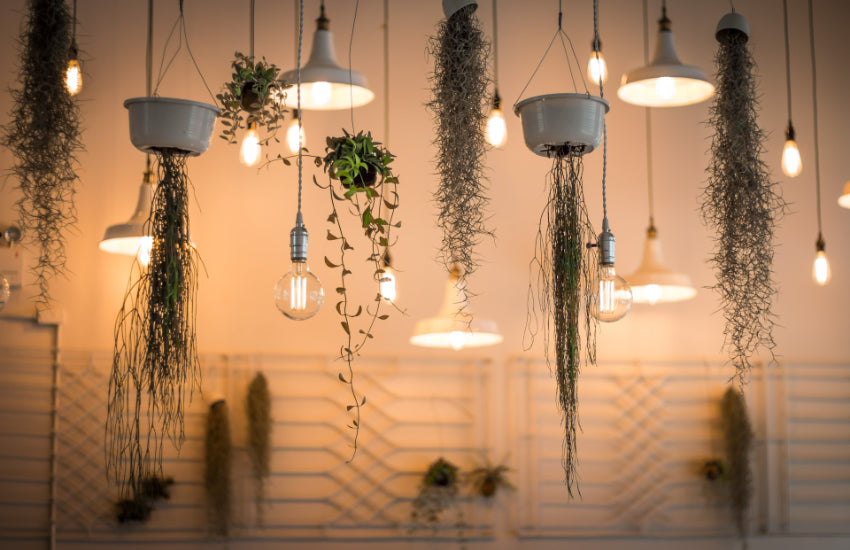
Not all LED lighting options are compatible with traditional dimming features. As a new technological advancement, it can not work to its full potential with old technology. We offer two recommendations.
First, make sure you buy an LED bulb that is dimmable. These options are a little more expensive with different manufacturers, but if you want the luxury of lower lighting, it's worth the extra money to avoid the hassle in the long run.
Second, consider using smart bulbs to meet your dimmer needs. Most use their own built-in mechanisms to automatically dim rather than using a dimmer switch. Did we mention it’s often from the convenience of your smartphone?
3. Do you understand lumens vs. watts?
With incandescent bulbs, it's easy to make your purchase based on how many watts the bulb has. What many people don’t understand is that the number of wattage does not determine brightness. Watts are the measurement of how much energy is used within an incandescent bulb. There just so happens to be an accepted correlation between the watts drawn and the brightness produced.
Since LED bulbs overall are meant to be energy efficient, measurement in watts does not work the same as it does for incandescent bulbs. This is where lumens come into play. A lumen is what you assume a watt is. Its number of Lumens determines the brightness of a LED bulb. If you’re a little confused, we’ve provided a reference chart showing the watt-lumen conversion for incandescents and LEDs.
4. Solar LED bulbs are a superior solution to lighting.
You may have heard of solar lighting and how it's energy efficient and highly sustainable but are you aware of its out of the ordinary benefits when combined with LED bulbs? Due to the sustainability of a solar energy source and the durability of LED bulbs you can expect the following exclusive benefits:
- Its the most efficient of all the lighting combinations and options
- It has compact size and elegant design
- LED’s in combination with solar have an abnormal life expectancy of 50,000 hours—thirty times the life expectancy of traditional incandescent bulbs.
- LED’s are exceptionally durable as they are resistant to vibrations, external impact, and shock.
If you’re ready to make the switch to solar LED bulbs it may get confusing to choose from. Consider a trusted solar brand like Gigalumi that guarantees satisfaction or your money back.
Frequently Asked Questions
1. What is the best-LED bulb?
As mentioned previously, the dimmable smart bulbs are a fan favorite when it comes to lighting that works in all rooms in your home. For LED lights that function for entertaining and add a stylistic flair, string lights are a very popular and affordable option, especially if you need the convenience of lights that are mobile and non-dependent on an outlet. If you are a fan of pineapples, Gigalumi provides the perfect LED lighting for every occasion found on their website or sold on Amazon.
2. Can I use LED lights to grow plants outdoors?
It’s true when they say LED lights can grow plants but only indoors. There are two things to keep in mind with this.
The first is that people don’t just buy your standard LED bulb and expect plants to grow. You need to buy a specific LED growth light for this to work properly. However, some LED bulbs are higher-end that could suffice for your plant’s needs, but it does not compare to growth LED lights.
Second, plants are meant to grow outdoors. LED lights do not need to be placed all over your garden to enhance growth; it’s best to let nature run its course. Granted, if you live in a region that receives low lighting, it’s common for people to use LED lights indoors to start the growth of certain plants and then plant them later outside.
Conclusion
Many people enjoy the convenience of the low maintenance and the lasting brightness the LED lights provide. There are many stipulations and questions regarding the LED lights, but they are becoming popular in every home across the globe. We’ve provided a few things to look for when purchasing and answered some common questions, but it's up to you to determine the best fit for your lighting needs.
Additional lighting options and premium styles can be found as you shop with Gigalumi.



